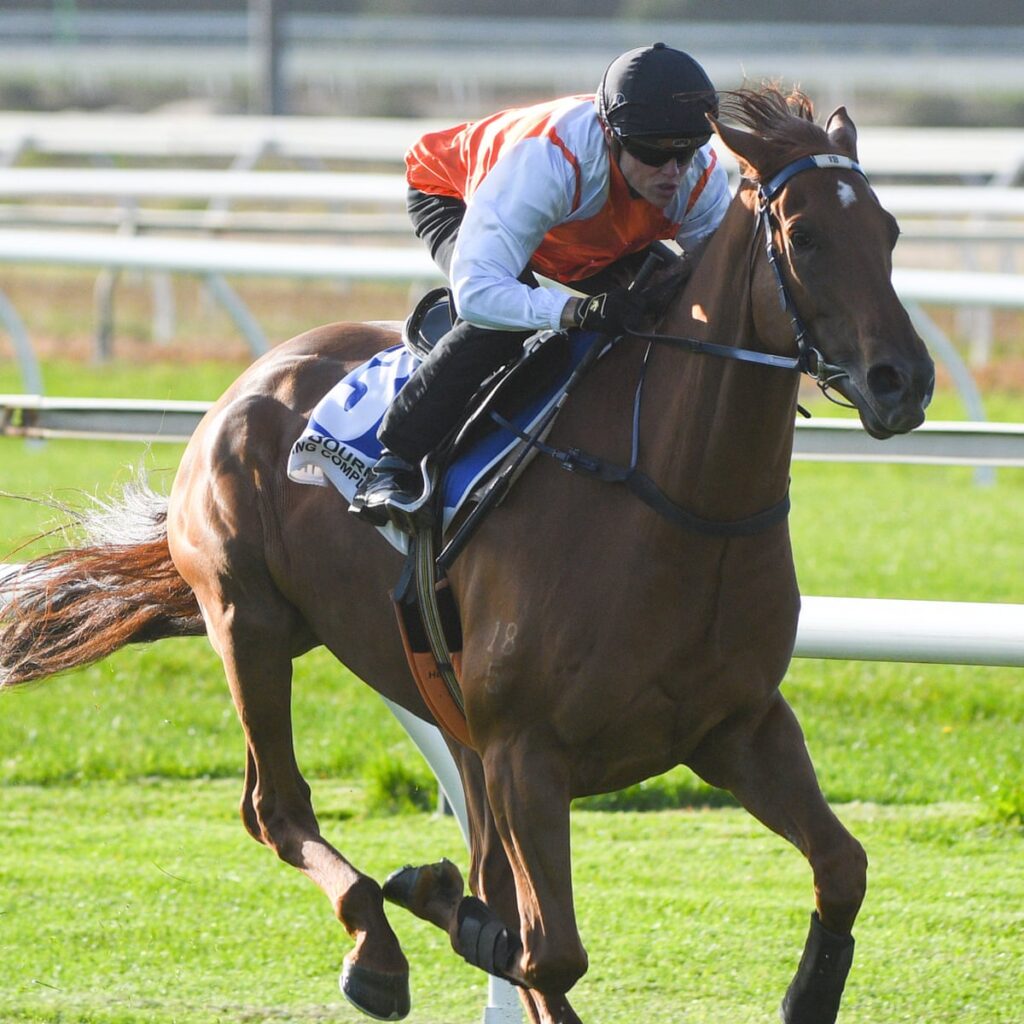BRITISH RACING’S HORSE WELFARE BOARD ANNOUNCES RESULTS OF THE COUNTRY’S FIRST THOROUGHBRED CENSUS

Details of 8,256* former racehorses were submitted by their owners during Britain’s first-ever Thoroughbred Census, 5,566 of which were previously unrecorded. The initiative was launched last year by British racing’s Horse Welfare Board (HWB) to generate important intelligence on the lives Thoroughbreds lead after leaving the sport.
A key aim of the Thoroughbred Census was to help bridge the intelligence gap between the current estimate of the British Thoroughbred population and the reality. Through its work, Hartpury University has now sized the former racehorse population at 33,600**. When the new Census data is combined with information from the 13,000 members of Retraining of Racehorses (RoR), plus data from equestrian associations, the intelligence bank on former racehorses residing in Great Britain now covers an estimated 80%*** of the population.
Dr Neil Hudson MP, the only veterinary surgeon in the House of Commons, said: “This is a very welcome and crucial step in closing the gap in traceability. It is vital that the Government continues to work with the racing industry to implement important initiatives that will improve the welfare of all Thoroughbreds, both during racing, and once they leave the sport. Vital to that will be the progressing of a central Digital Equine Database.”
FUTURE PLANS TO IMPROVE TRACEABILITY
Whilst there was strong participation from people connected to racing, the Census identified gaps in contributions from wider equestrian communities and disciplines. As a result, the Horse Welfare Board, in collaboration with RoR, is now developing tailored plans to better connect with these underrepresented groups and will work with equestrian member bodies and associations to ensure any knowledge gaps continue to reduce.
Other recommendations set out by the report to increase traceability going forward include:
A repeat Census – The HWB has set an ambition to repeat the Census again within 3-5 years.
Develop a mechanism to ensure 100% of horses can be traced at the first step out of racing – The aim is to link the sport’s National Racing Administration System data with the RoR database so that all Thoroughbreds retiring from racing, and their new owners, are automatically enrolled with RoR when they leave the sport.
Central Equine Database (CED) – Racing will continue to lobby Government to further develop a Central Equine Database that can successfully operate as a repository for data on all Thoroughbreds throughout their life to increase traceability.
Defra Digital Equine ID – Lobbying work will continue with the Government to move away from the traditional paper passports and legislate a mandatory Digital Equine ID.
Tracey Crouch CBE, MP and independent member of the Horse Welfare Board, said: “We are delighted that Britain’s inaugural Thoroughbred Census has enhanced our intelligence on the country’s Thoroughbred population. The report has also generated valuable recommendations for further improvements, some of which we will be pushing Government to support.”
THE REMARKABLE LIVES AND VERSATILITY OF THE FORMER RACEHORSES
Analysis of the data collected by the inaugural Thoroughbred Census identifies that almost two-thirds (62.9%) of the former racehorse population are aged between 5 and 14. Roughly a third (31.2%) are aged 15 years or over, including 739 Thoroughbreds aged 20 years or older, illustrating the long lives that racehorses enjoy beyond the sport.
The majority of those registered (74%) are geldings, which is believed to be because mares and fillies often move from racing into stud as their second careers and are therefore not eligible to the Census, and the most common reason owners stated their horse had left racing was due to poor performance and/or lack of aptitude for the sport.
Thoroughbreds engage in wide and varied activities after racing, such as dressage (11%), showjumping (8%) and eventing (8%), whilst the majority are enjoyed for leisure riding, hacking, and unaffiliated competing (36%). The range of activities is broad and reflects how well a racing career prepares Thoroughbreds for other disciplines, with almost as many moving into equine assisted activities, such as therapy, as those moving into endurance riding.
Helena Flynn, Programme Director, Horse Welfare Board, said: “The Thoroughbred Census represents an important milestone in British racing’s commitment to improve the traceability of all former racehorses after they leave the sport. It also enriches our intelligence about what these horses go on to do. It is often misperceived that Thoroughbreds who are not successful in racing are discarded as they are unable to adapt to other roles, however the Census results showcase their incredible versatility and their ability to thrive in a host of new careers.”




